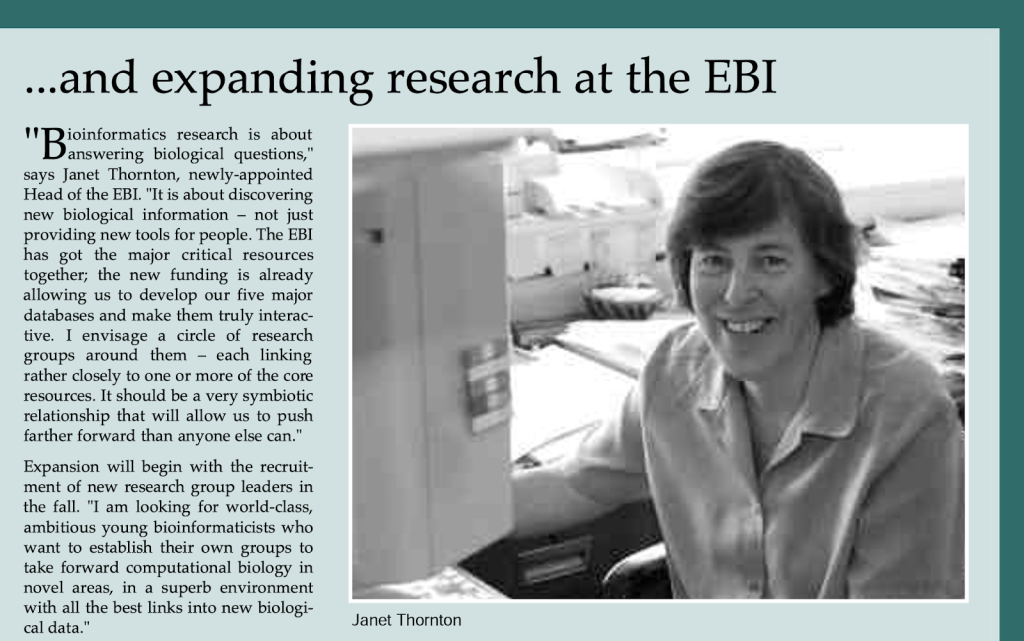
Celebrating 100 issues of EMBLetc.
This snippet from EMBLetc. issue 8 (August 2001) discusses Janet Thornton taking up the mantle of EMBL-EBI leadership.
Issue 100
In recognition of Janet Thornton’s retirement, we look back at some of her biggest accomplishments in shaping the field of bioinformatics.
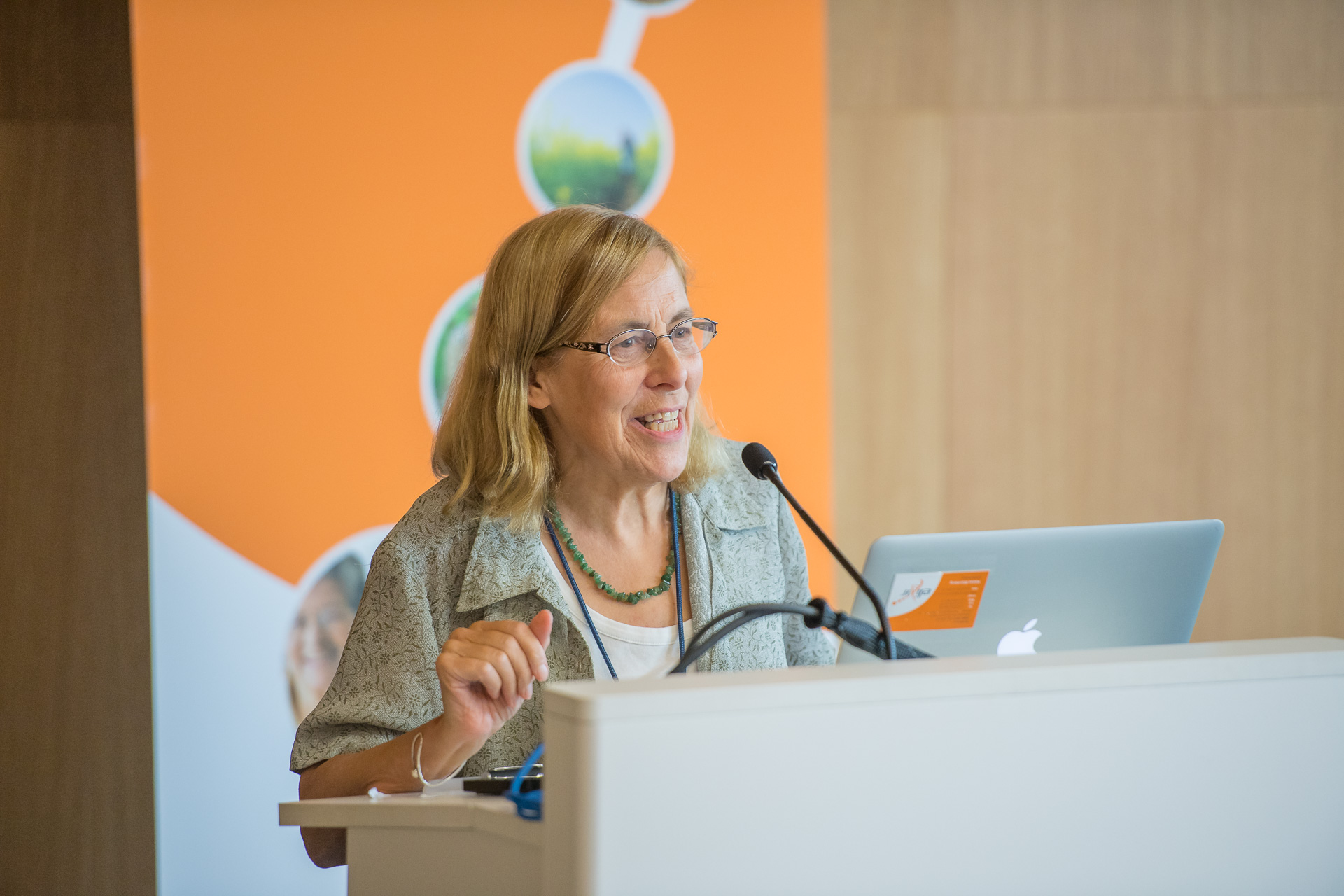
Professor Dame Janet Thornton is one of the world’s pioneers in structural bioinformatics. Her incredible career and active voice on many topics, including science in Europe, open data, and women in science, have inspired scientists the world over.
As the Director of EMBL’s European Bioinformatics Institute (EMBL-EBI) between 2001 and 2015, Thornton led the growth of the institute from 160 to over 600 people. She currently leads a research group at EMBL-EBI, studying the biology of proteins and ageing, and is a leading voice in the scientific community, having undertaken leadership and governance roles in the Royal Society, European Research Council, ELIXIR, and many other organisations.

In recognition of Thornton’s upcoming retirement in summer 2023, we reflect on some of her highlights and achievements during her time at EMBL.
Thornton has seen the field of structural biology change completely. When she started her career, there were only about 20 known protein structures, and now there are over 200,000 structures in the Protein Data Bank (PDB), and over 200 million predictions by AlphaFold. Her work at EMBL has been highly interdisciplinary, interfacing with the fields of structural biology, bioinformatics, biological chemistry and chemoinformatics.
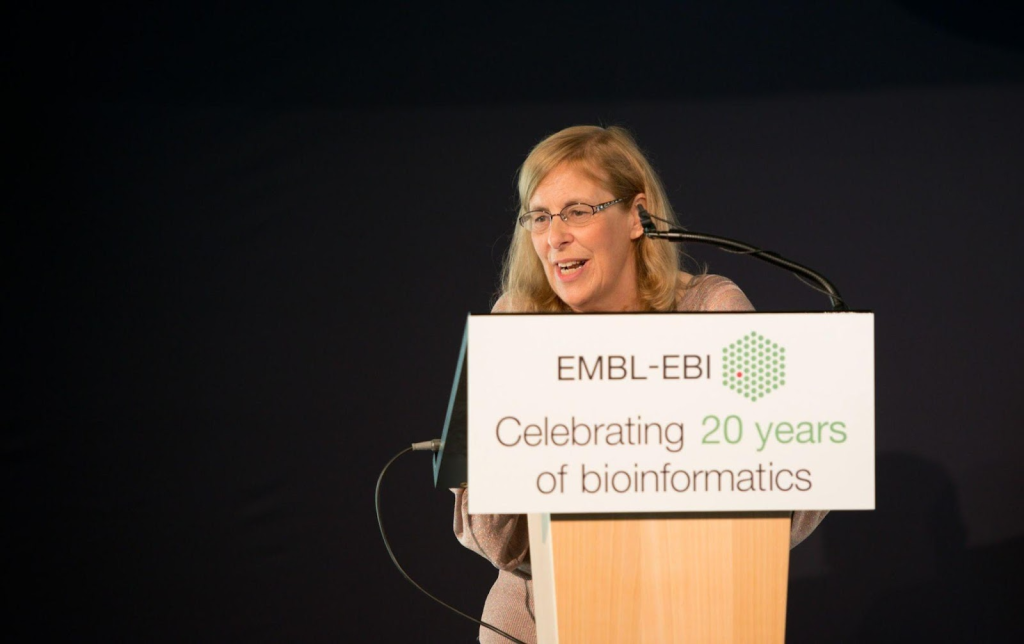
Thornton started her career by trying to predict protein structures from their sequences. She spent years characterising and analysing the new protein structures as they were determined and stored in the PDB. She is also well known for developing, with Roman Laskowski, the widely used ProCheck software for checking the quality of protein structures. Together with her colleague Christine Orengo, Thornton also introduced the CATH classification of protein structures, which provides information on the evolutionary relationships of protein domains. CATH now exists as an open-access database and is part of the ELIXIR infrastructure.
The recent structure predictions by AlphaFold by DeepMind, based on deep learning approaches, have delighted Thornton, together with the fact that more than 200 million predicted structures are now openly available at EMBL-EBI in the AlphaFold Database.
Thornton’s research group at EMBL-EBI is developing robust search, comparison, and annotation tools for enzymes, which are available as open-access algorithms and web tools for quantitative similarity searches between enzyme reactions. Recent work from the group has led to several exciting new knowledge-based approaches for investigating the evolution of enzymes, most recently at a mechanistic level.
“I’m very lucky to work with such brilliant minds every day,” said Thornton. “My team at EMBL-EBI is truly an outstanding group of scientists. They’re passionate, driven, and never fail to inspire and surprise me.”
Thornton led the establishment of ELIXIR, an intergovernmental organisation that brings together life science data resources from across Europe. Its goal is to ensure sustainable funding and harmonise data resources within the bioinformatics ecosystem, making it easier for scientists to find and share data, exchange expertise, and agree on best practices.
“The launch of ELIXIR was the first step towards building a distributed infrastructure for biological information throughout Europe,” said Thornton. “By providing public access to the wealth of knowledge generated by the global research community, ELIXIR empowers researchers in academia and industry to solve some of society’s most pressing problems.”
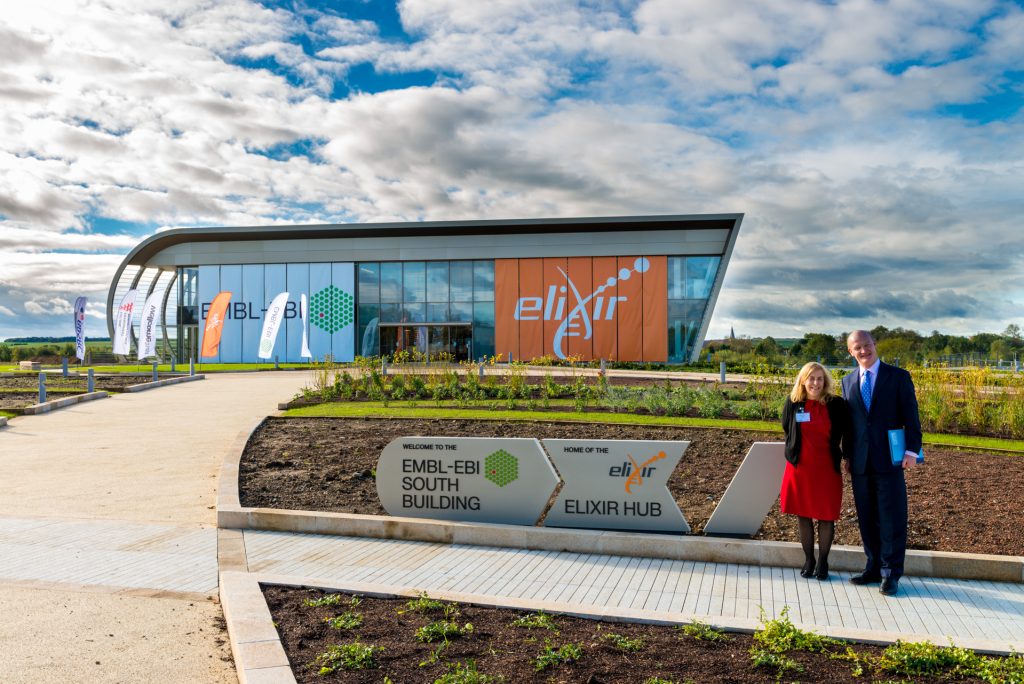
As an advocate for women in science, Thornton has spoken openly about what can be done to support all scientists throughout their careers. One impact of this includes the establishment of the Janet Thornton Fellowship, which funds researchers who have taken a career break. Throughout her career, Thornton has also supervised a large number of PhD and postdoctoral researchers including Sarah Teichmann, Head of Cellular Genetics and Senior Group Leader at the Wellcome Sanger Institute, and David Jones, Professor of Bioinformatics at University College London.
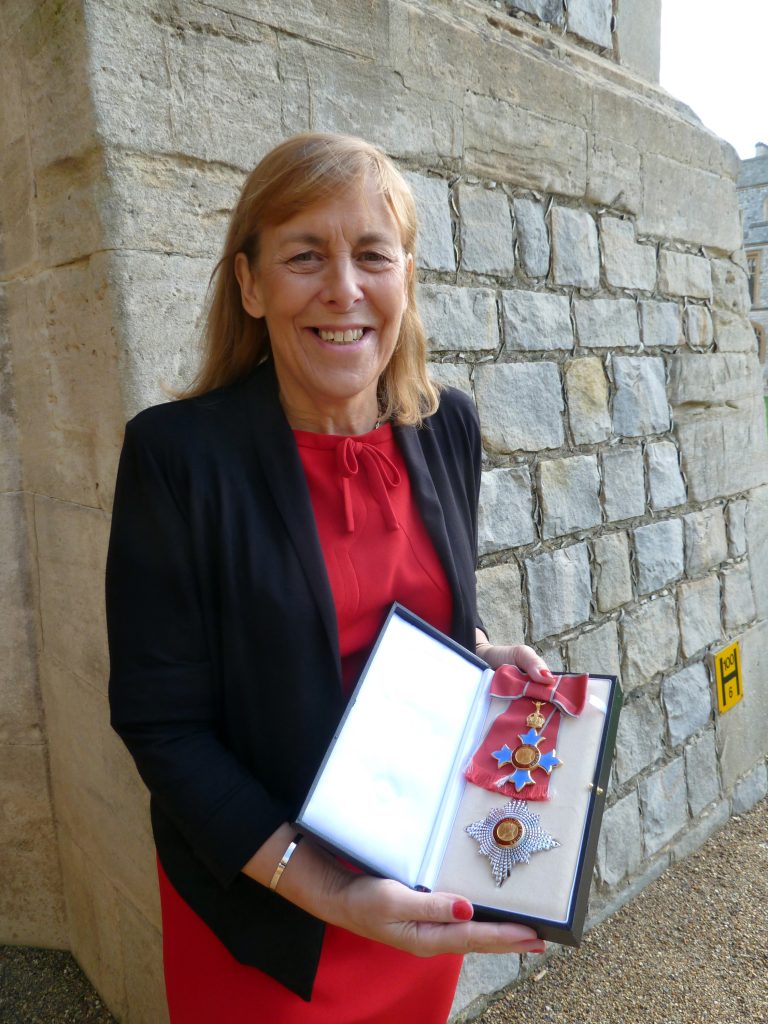
“I think every scientist, but perhaps especially women, needs to decide how they will deal with their work–life balance. There is no “right” way to do this – different solutions suit different people,” said Thornton. “A scientist has about 50 years to do their research; taking a short time out of that time to be at home for whatever reason should certainly be possible.”
During her career, Thornton also stood out as an exemplary public speaker and science communicator. Her regular appearances in the press, explaining complex concepts in an accessible and engaging way, shared her wonder for the molecular world beyond the many colleagues, collaborators and mentees who have had the privilege to meet and work with Thornton in person.
“I have much enjoyed my career as a scientist and would advocate it as one of the best jobs I can imagine,” said Thornton. “I have met and worked with brilliant people at Oxford, Birkbeck, UCL and EMBL and enjoyed being part of a joint endeavour to discover the fabulous world of protein structures.”

This snippet from EMBLetc. issue 8 (August 2001) discusses Janet Thornton taking up the mantle of EMBL-EBI leadership.
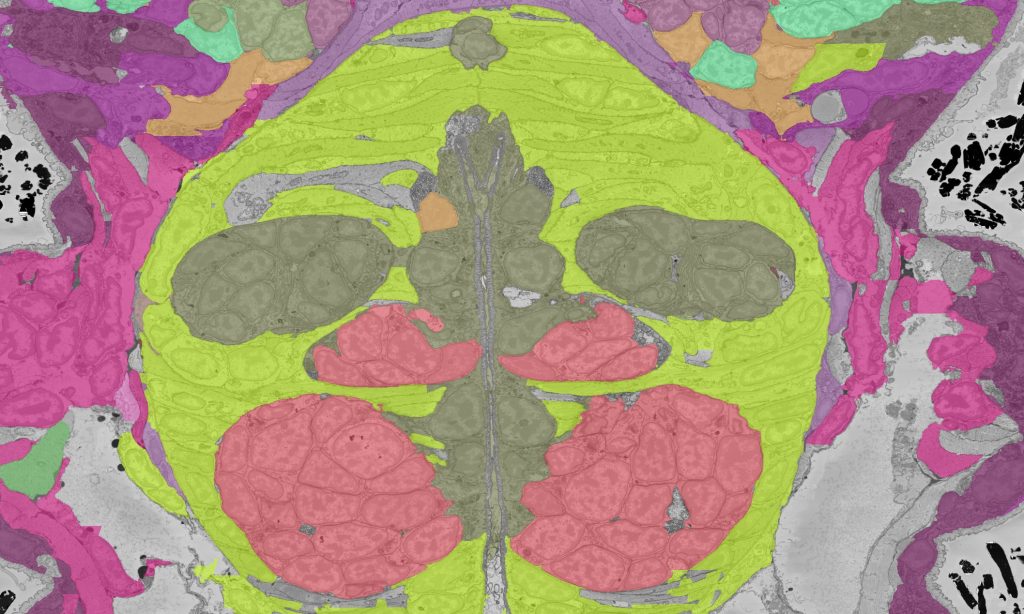
EMBL researchers are pushing the frontiers of big data analysis in biological imaging, allowing scientists to gain a many-layered and multidimensional view of organisms, tissues, and cells in action.

EMBL’s upcoming Science & Society conference takes a deep dive into the ethical considerations surrounding the use of technology and organoids in life science research.

Click here to download a quick overview of all the articles included in this digital issue of EMBLetc.